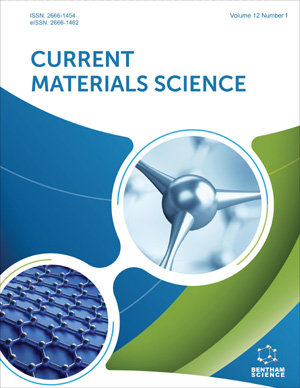Abstract
Natural organisms consist of an integral, multi-layered, finely tuned and differentiated combination of basic components and may act as role models in providing kinematic principles to structures subjected to time-varying external conditions. The term biomimetic design is introduced in the present chapter to refer to the synthetic integration of nature mechanisms considered in the development and composition of kinetic structures. Respective kinematic principles transferred in the design of structures follow performance-based open-loop design processes, made possible through interdisciplinary modes of operation in research and design. Following initial visions of kinetic architecture in achieving structural flexibility and adaptability, respective prototype developments, achieved until recently, follow a hardmechanical approach that enables the development of deployable and transformable actuated bar structures. Confronted with implicated geometrical limitations, the mechanical complexity and high energy consumption of such systems, a design approach derived from soft mechanics is hereby proposed. So far, few realizations of bending-active elements and hybrid systems with enhanced reversible elastic deformability are based on plant movement principles. Following an overview of related form-finding simulation and analysis methods, further bio-pulse oscillation processes, present in nature, are proposed to extend the biomimetic design spectrum. In a case example, motion principles of jellyfish pulse oscillations have been transferred, scaled-up, and integrated into the design of a high-rise structure.
Keywords: Biomimetic Design, Kinetic Structures, Soft-Mechanical Approach, Bio-Pulse Oscillations, High-Rise Structures.




















